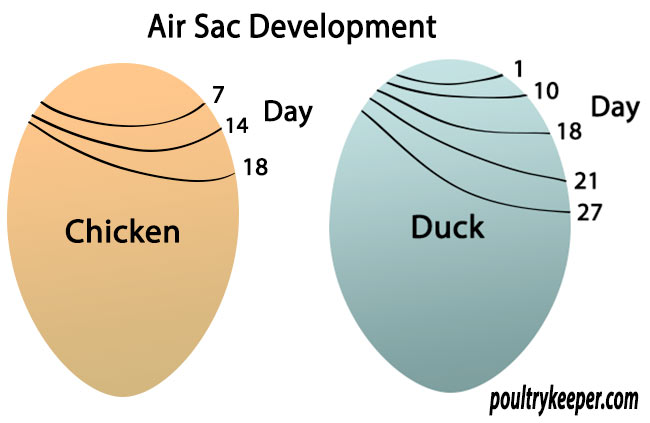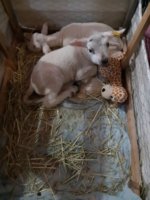Britesea
Sustainability Master
We have a RIR that looks like she's thinking about going broody. She spent 2 nights hiding in the daffodils, all hunkered down, but no eggs; so I put a couple of ceramic ones in there and behold! there's a nice brown one in there nowl




